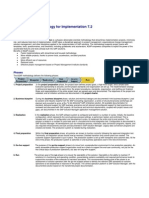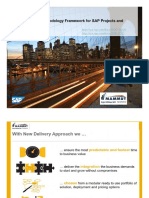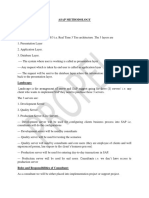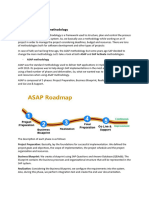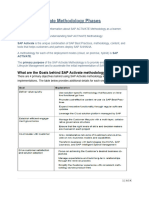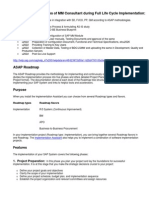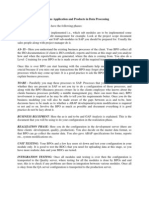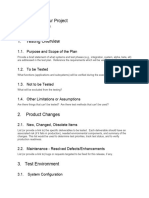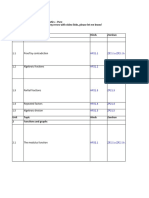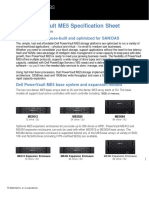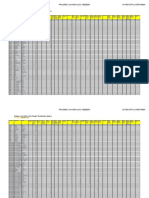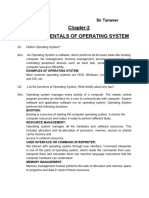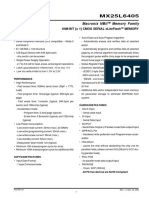0% found this document useful (0 votes)
8 views4 pagesTypes of Implementations
The document outlines various types of SAP implementations, including Greenfield, Brownfield, Hybrid, Prototype, and Rollout implementations, each catering to different business needs and methodologies. It also discusses the fit-gap analysis process used to identify discrepancies between business requirements and SAP capabilities, along with the ASAP methodology that guides the implementation of SAP solutions through structured phases. Additionally, it briefly mentions the SAP system landscape, which organizes different servers for development, quality assurance, and production.
Uploaded by
s4hana workCopyright
© © All Rights Reserved
We take content rights seriously. If you suspect this is your content, claim it here.
Available Formats
Download as PDF, TXT or read online on Scribd
0% found this document useful (0 votes)
8 views4 pagesTypes of Implementations
The document outlines various types of SAP implementations, including Greenfield, Brownfield, Hybrid, Prototype, and Rollout implementations, each catering to different business needs and methodologies. It also discusses the fit-gap analysis process used to identify discrepancies between business requirements and SAP capabilities, along with the ASAP methodology that guides the implementation of SAP solutions through structured phases. Additionally, it briefly mentions the SAP system landscape, which organizes different servers for development, quality assurance, and production.
Uploaded by
s4hana workCopyright
© © All Rights Reserved
We take content rights seriously. If you suspect this is your content, claim it here.
Available Formats
Download as PDF, TXT or read online on Scribd
/ 4




